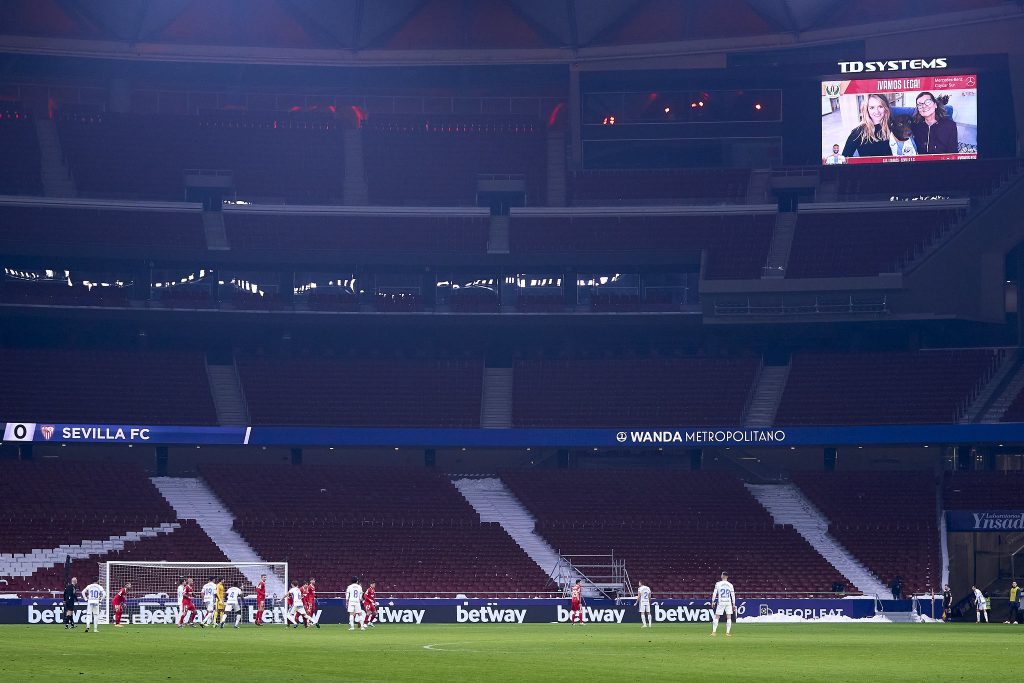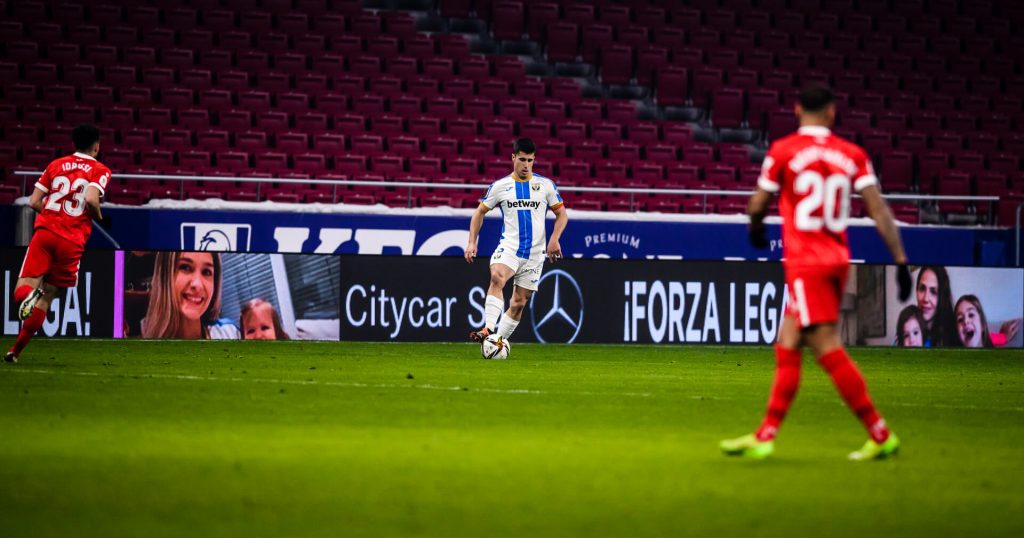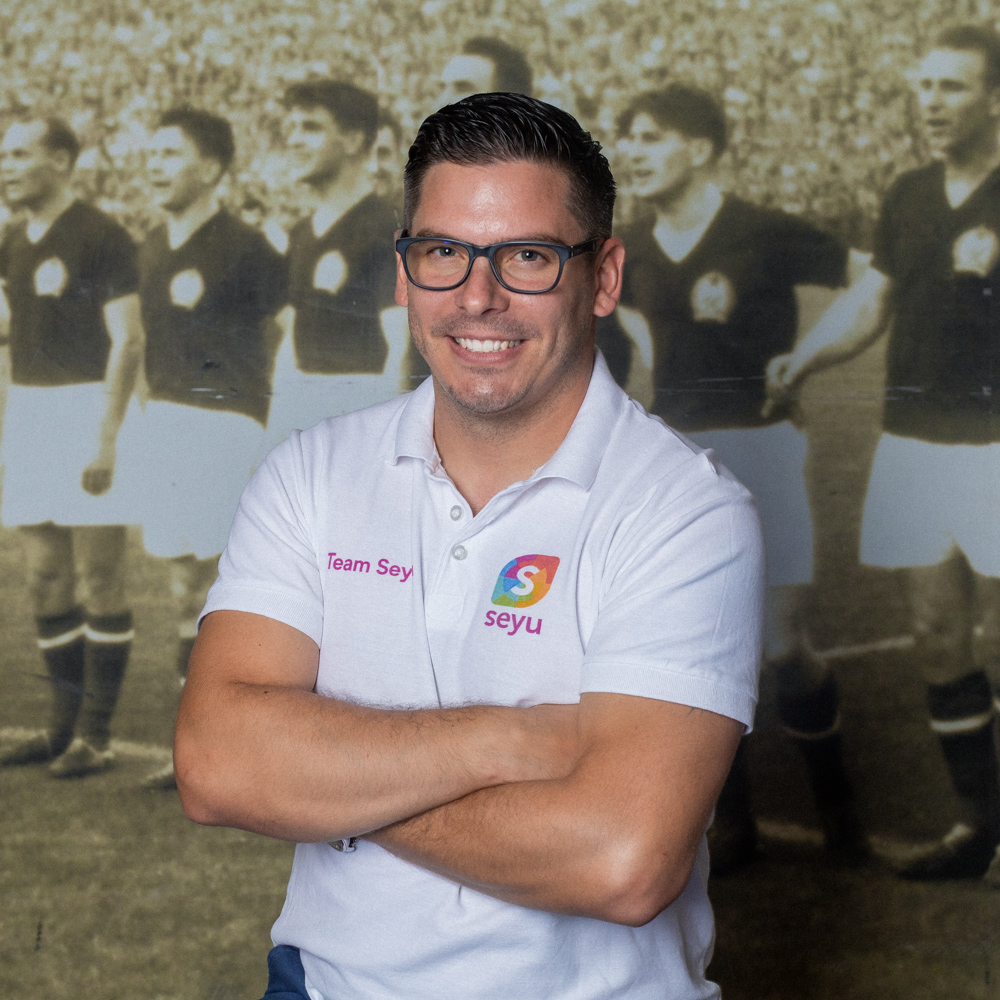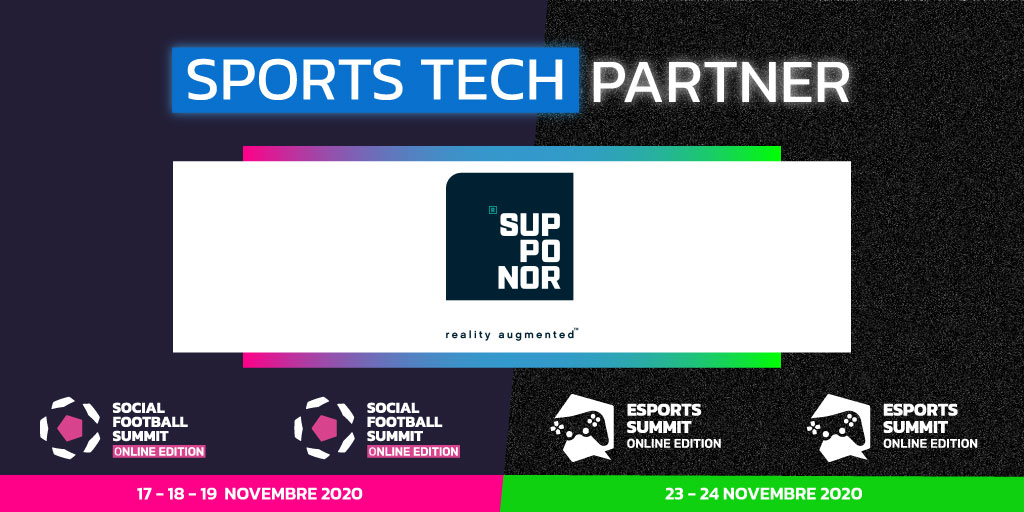How connect fan with football stars during the pandemic. Conversation with Tom Vechy Vecsernyes
We talk with the CEO of Seyu, the startup that brings fans to the stadium even when they can’t be there
Hi Tom, nice to meet you and thanks for your time.
For the first time, I would like you to talk about what Seyu does and what inspired you for the idea at the start. Are you a sports fan?
Yes, I am a huge sports fan. Football is a part of my life since I was seven years old and thankfully it stayed that way since.
At Seyu we help fans to connect with their beloved sport stars and show their support, club devotion to them with their fan photos from anywhere in the world through a moderated channel (!), all this in real-time during events. On the other hand, we help right holders, clubs to tap into the spending power of remote fans, expand their marketing portfolio and collect fan data.
My inspiration at the start and our inspiration today is still that we are able to provide all those millions of fans the second-best thing to watching a match live in the stadiums. There are millions of supporters in the world who might not ever have the opportunity or the financial means to travel to their beloved team’s matches, our partners with the help of Seyu provide them an euphoric experience that makes their feelings of belonging even stronger.
Seyu connects fans with their idols and communities. How did change Seyu’s activities during the pandemic, when stadiums and sports season were stopped?

I have to say that we were hit badly, just as everyone else I guess, we were scheduled to debut in the Bundesliga in April, a huge step that we worked so hard for many years, but as the league was halted such as our debut. So, we took a deep breath and recalculated, we adjusted our business model (B2B2C) and opened towards the global market. We figured, why not, our solution can be installed and operated remotely, this way we don’t have to travel anywhere, so we can provide our service just as easy in Puskas Arena like we could in Stadio Olimpico.
In 2020 we secured great partnerships, giving us a global reach and positioned ourselves the best possible way for the full restart of the sport industry. In the second half of 2020 we were already receiving much more attention from industry players than before and this attention turned into actual business opportunities for 2021.
In the last four months (!) we debuted in UK rugby league (Wasps – Vodafone), EFL Championship (Sheffield Wednesday), LaLiga (Real Valladolid, RC Celta, CD Leganés – Mercedes-Benz), German basketball (Löwen) and Italian volleyball (NBV Verona) and we were listed in the Top 3 at European Sponsorship Award ( ‹ €1m category).
What do you see as the principal risks to your business and for similar companies or startups?
The principal risk for innovative companies out there such as Seyu, in my opinion, is the lack of resources at the clubs and sport organizations to have capacity taking their business further on the road of digitalisation, the other one would be if the internet shuts down forever.
In Europe there is little involvement of startups by sports clubs, especially in Italy in my opinion. User experience management is still done with traditional methods. Do you think so too? How can we change this mindset?
I think that there are some great things out there brought to life by Italian clubs and obviously there are clubs with more ‘firepower’ when it comes to implementing innovative ways to interact with their fans. But this is the same all around the world. I think smaller clubs also have a unique opportunity, based on the size of their club structure, to overtake some of the big guys on some fronts, simply because they are more agile, easier moving such as a fast player amongst the slow, much more robust defenders on the pitch.
There are many cost effective and financially beneficial solutions on the market now, such as Seyu, which can immediately increase their revenues and help them keep sponsors happy. Wasps rugby and CD Leganés showed Vodafone and Mercedes-Benz that they can get them in front of their fans with a closed stadium too. Seyu so far reached the number of fans at the Spanish club equivalent to seven full house matches in Butarque. By the way we are happy to help Serie A and B clubs too, we just expanded our team with an Italian speaking member.
I would like to hear your opinion about the Sports Industry situation. What do you think if I say fan of the future and fan engagement into the stadiums in the future? When it will be possible, obviously.

I really would love to go for a match at this stage, I just miss it so much. I am sure that the sports industry will have to learn how to cope with the changed world. There surely will be in the future new regulations that they have to comply with in stadia and there will be millions of fans who will think twice before entering a packed stadium.
The pandemic sped up the need for digitalisation at the commercial and marketing departments of clubs. There is no guarantee that another virus outbreak will not occur in the future. In sport the digital commercial platforms only stand for 8-9% of all commercial assets, yet there was over $325bn spent on digital advertising globally in 2020, this number is forecasted to reach $389bn in 2021.
Future fans will be targeted in the digital space with personalised offers in the most suitable time of the day via their preferred channels. Enjoying matches in the stadiums (if they can travel to their favourite team’s matches) thanks to the atmosphere and enjoying matches at home or in pubs through VR and all other second screen experiences while connecting with fellow fans globally.
Thanks Tom, you have offered some very interesting answers. The Social Football Summit team wishes you all the best for this 2021!



